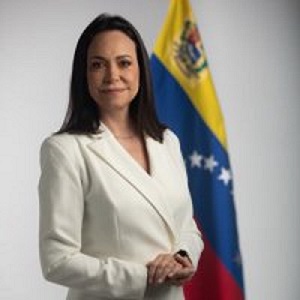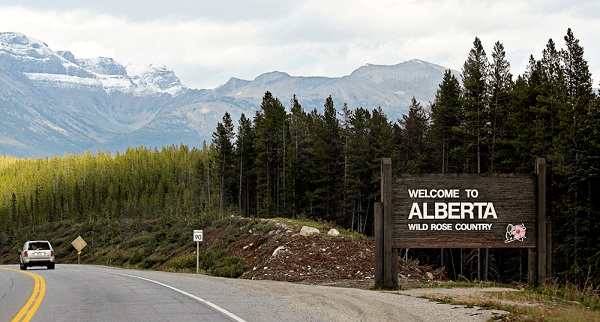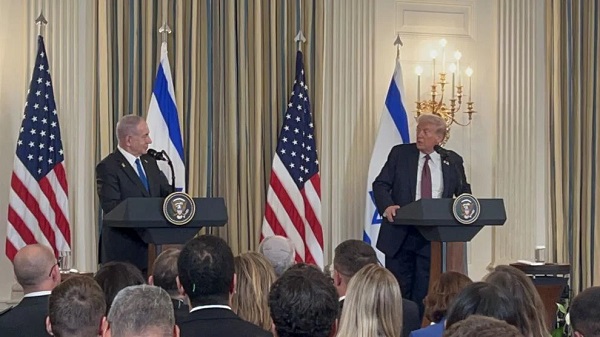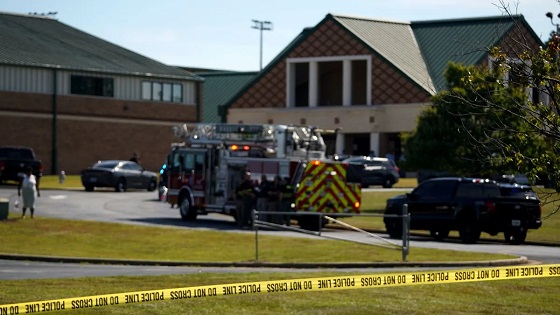Alberta
‘Let’s Find Out’ digs deep into history

A curious mind can lead you in all sorts of unexpected directions, as Chris Chang-Yen Phillips has discovered with his podcast, Let’s Find Out.

Chris Chang-Yen Phillips
He created the show in 2016 as part of his work as Edmonton’s historian laureate. He invites questions about local history and finds out the answers together with his curious correspondents.
“I’m not an expert about all things ‘local history,’ but I am curious and not afraid to ask questions,” he says. “With Let’s Find Out, I’m trying to turn that into a public good in giving people the tools to get to know their city better.”
When his term as historian laureate ended in 2018, he kept the show going, and it continues to earn accolades. The show received a silver medal at the Canadian Online Publishing Awards earlier this year, and it has been nominated for a Canadian Podcast Award in the Documentary category.
He also does live shows from time to time. The next one — Let’s Find Out: How Nature Shapes Us — will take place in Edmonton on Feb. 9, and will form the basis of the next season of the podcast.
Let’s find out a little more about the host of Let’s Find Out:
What will people get out of listening to your podcast?
A. We feature stories and characters you’ve probably never heard before. Whether you’re in the mood for a surprising look at the history of green onion cakes or a deep dive into Alberta’s past eugenics programs, we’ve got a big range of stories.
Listeners tell me all the time that because of our podcast, they now know how to offer protocol to elders, or which libraries and archives might be able to help them out down the road. And in the long run, my mission is to give people a stronger sense of ownership and belonging in this city.
What podcasts do you listen to?
A. I love listening to shows like Radiolab and HowSound because they teach me so much about the craft of good audio storytelling. I also love Terra Informa, an environmental news show based here in Edmonton, because they cover stories nobody else does. I used to help make the show, and I adore the team producing it now.
What is the most interesting comment you’ve received from a listener?
A group of archaeologists told me once that they listened to our episode A Lesson in Protocol in the car on the way to meet an Indigenous elder. The episode is about an illustrator from a settler background who makes a lot of history resources, who wanted to learn more about which food plants have been important to Indigenous peoples in this area. It was a really challenging episode to create and I ended up making one big mistake in real life: I offered tobacco at the end of our conversation with an elder, instead of at the beginning. I included my mistake in the episode, hoping it would be helpful to listeners. These archaeologists said that actually made it memorable, so they were able to pull it off correctly in their own meeting with an elder after listening! That was gratifying.
Do you have any unusual hobbies or talents that would surprise your listeners?
A. I row! And I’m also an illustrator. I’ve recently started sharing comics with the world.
If you could have any guest on your podcast, who would you choose?
A. Someone who lived in this region a few thousand years ago, because people have lived here for so long and I’m just starting to understand how humans and this land have shaped each other over the millennia. Who did they love, what stories did they tell, what were they afraid of, what were their hopes and dreams?
What has been your favourite episode so far?
A. About Green Onion Cakes, because it was such a good excuse to talk about a snack we all love and the messy and complicated history of Chinese immigration and food culture in Canada. Also because it got so many people talking about this humble food and the chef who popularized it here, Siu To.
Be sure to connect with Let’s Find Out on Facebook and Instagram.
Todayville introduces you to members of the Alberta Podcast Network each week. Click here to learn about more Alberta podcasts.
The Alberta Podcast Network, powered by ATB, is on a mission to:
- Help Alberta-based podcasters create podcasts of high quality and reach larger audiences;
- Foster connections among Alberta-based podcasters;
- Provide a powerful marketing opportunity for local businesses and organizations.
Alberta Podcast Network Ltd. is pursuing this mission with funding from ATB Financial and support from other sponsors.
Alberta
Alberta taxpayers should know how much their municipal governments spend

From the Fraser Institute
By Tegan Hill and Austin Thompson
Next week, voters across Alberta will go to the polls to elect their local governments. Of course, while the issues vary depending on the city, town or district, all municipal governments spend taxpayer money.
And according to a recent study, Grande Prairie County and Red Deer County were among Alberta’s highest-spending municipalities (on a per-person basis) in 2023 (the latest year of comparable data). Kara Westerlund, president of the Rural Municipalities of Alberta, said that’s no surprise—arguing that it’s expensive to serve a small number of residents spread over large areas.
That challenge is real. In rural areas, fewer people share the cost of roads, parks and emergency services. But high spending isn’t inevitable. Some rural municipalities managed to spend far less, demonstrating that local choices about what services to provide, and how to deliver them, matter.
Consider the contrast in spending levels among rural counties. In 2023, Grande Prairie County and Red Deer County spent $5,413 and $4,619 per person, respectively. Foothills County, by comparison, spent just $2,570 per person. All three counties have relatively low population densities (fewer than seven residents per square kilometre) yet their per-person spending varies widely. (In case you’re wondering, Calgary spent $3,144 and Edmonton spent $3,241.)
Some of that variation reflects differences in the cost of similar services. For example, all three counties provide fire protection but in 2023 this service cost $56.95 per person in Grande Prairie County, $38.51 in Red Deer County and $10.32 in Foothills County. Other spending differences reflect not just how much is spent, but whether a service is offered at all. For instance, in 2023 Grande Prairie County recorded $46,283 in daycare spending, while Red Deer County and Foothills County had none.
Put simply, population density alone simply doesn’t explain why some municipalities spend more than others. Much depends on the choices municipal governments make and how efficiently they deliver services.
Westerlund also dismissed comparisons showing that some counties spend more per person than nearby towns and cities, calling them “apples to oranges.” It’s true that rural municipalities and cities differ—but that doesn’t make comparisons meaningless. After all, whether apples are a good deal depends on the price of other fruit, and a savvy shopper might switch to oranges if they offer better value. In the same way, comparing municipal spending—across all types of communities—helps Albertans judge whether they get good value for their tax dollars.
Every municipality offers a different mix of services and those choices come with different price tags. Consider three nearby municipalities: in 2023, Rockyview County spent $3,419 per person, Calgary spent $3,144 and Airdrie spent $2,187. These differences reflect real trade-offs in the scope, quality and cost of local services. Albertans should decide for themselves which mix of local services best suits their needs—but they can’t do that without clear data on what those services actually cost.
A big municipal tax bill isn’t an inevitable consequence of rural living. How much gets spent in each Alberta municipality depends greatly on the choices made by the mayors, reeves and councillors Albertans will elect next week. And for Albertans to determine whether or not they get good value for their local tax dollars, they must know how much their municipality is spending.
Alberta
Premier Smith addresses the most important issue facing Alberta teachers: Classroom Complexity
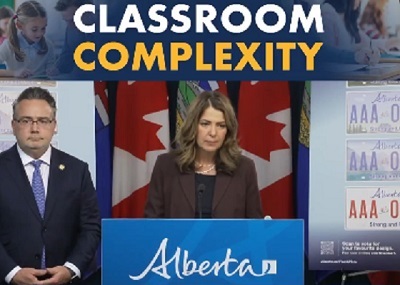
Premier Danielle Smith is posting this response to a media question about Classroom Complexity.
While Albertans are hearing a lot about capping class sizes, Premier Smith says it might be a much better idea to talk about capping “complexity”.
The challenges teachers face in today’s classrooms are recognized, and work continues toward practical solutions that address their concerns.
Achieving a fair and reasonable agreement that best supports students remains a top priority. pic.twitter.com/o4UCt7sDoU
— Danielle Smith (@ABDanielleSmith) October 16, 2025
-

 Censorship Industrial Complex2 days ago
Censorship Industrial Complex2 days agoCanada’s privacy commissioner says he was not consulted on bill to ban dissidents from internet
-

 Alberta2 days ago
Alberta2 days agoEnbridge CEO says ‘there’s a good reason’ for Alberta to champion new oil pipeline
-
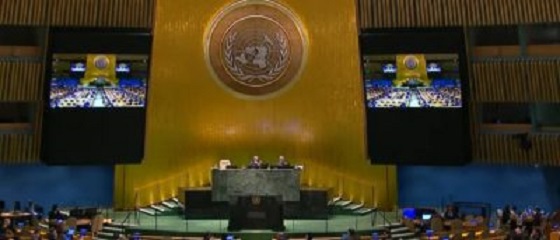
 Business2 days ago
Business2 days agoFormer Trump Advisor Says US Must Stop UN ‘Net Zero’ Climate Tax On American Ships
-

 Health2 days ago
Health2 days agoColorado gave over 500 people assisted suicide drugs solely for eating disorders in 2024
-

 Alberta2 days ago
Alberta2 days agoThe Technical Pitfalls and Political Perils of “Decarbonized” Oil
-
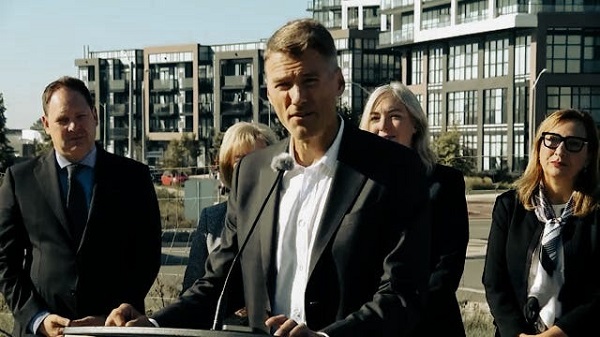
 Business2 days ago
Business2 days ago“Nation Building,” Liberal Style: We’re Fixing a Sewer, You’re Welcome, Canada
-
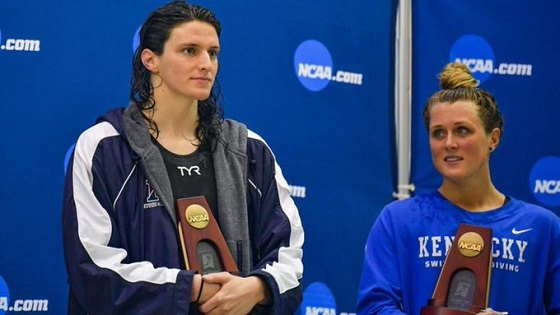
 International2 days ago
International2 days agoNumber of young people identifying as ‘transgender’ declines sharply: report
-

 Bruce Dowbiggin2 days ago
Bruce Dowbiggin2 days agoLong-Distance Field Goals Have Flipped The Field. Will The NFL Panic?


